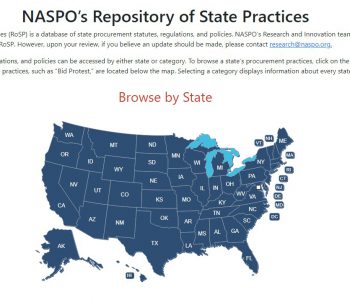 Professional Development
Professional Development Succession Planning: Don’t Just Plan for Your Future
As a greater proportion of the workforce reaches retirement age each year, the importance of succession planning has never been more apparent. Talent management and succession planning ranked #6 on NASPO’s Top Ten priorities for 2020 . Never fear! Pulse is here to help with some tips and tricks for a successful planning process.
Assess and identify employee abilities and potential.
Identify what skills and characteristics are key success factors for the roles to be filled.
Assess employees according to those factors.
Narrow in on potential successors for each position.
Assessment exercises can also identify any skills gaps that exist between the abilities of current team members and the requirements of the positions to be filled. One common method for assessment is the 9 Box Grid.
Plan for success.
Forbes magazine, the Human Capital Institute, and the Society for Human Resource Management (SHRM) agree on several common tips for succession planning:
Create a plan for every position – It’s not just for executives, you need candidates for each critical role to ensure the continuation of each function of the office or organization.
Be realistic with expectations – Talk to your team members about interests and ambitions. Don’t assume that everyone wants to be the executive. Make sure the skills gap isn’t too wide. Some positions may require specific credentials.
Consider lateral as well as linear movements within the organization – Identify team members who are capable and willing to broaden their skills and potentially move laterally into another specialized role. Some people are stimulated by challenging assignments and may be less focused on a linear career track.
Keep it updated – Once a year or once a quarter, whatever works for your organization. Keep HR and executive leadership in the loop. Discuss any upcoming potential vacancies. Reassess your team members to keep up with skills development, potential, and performance.









